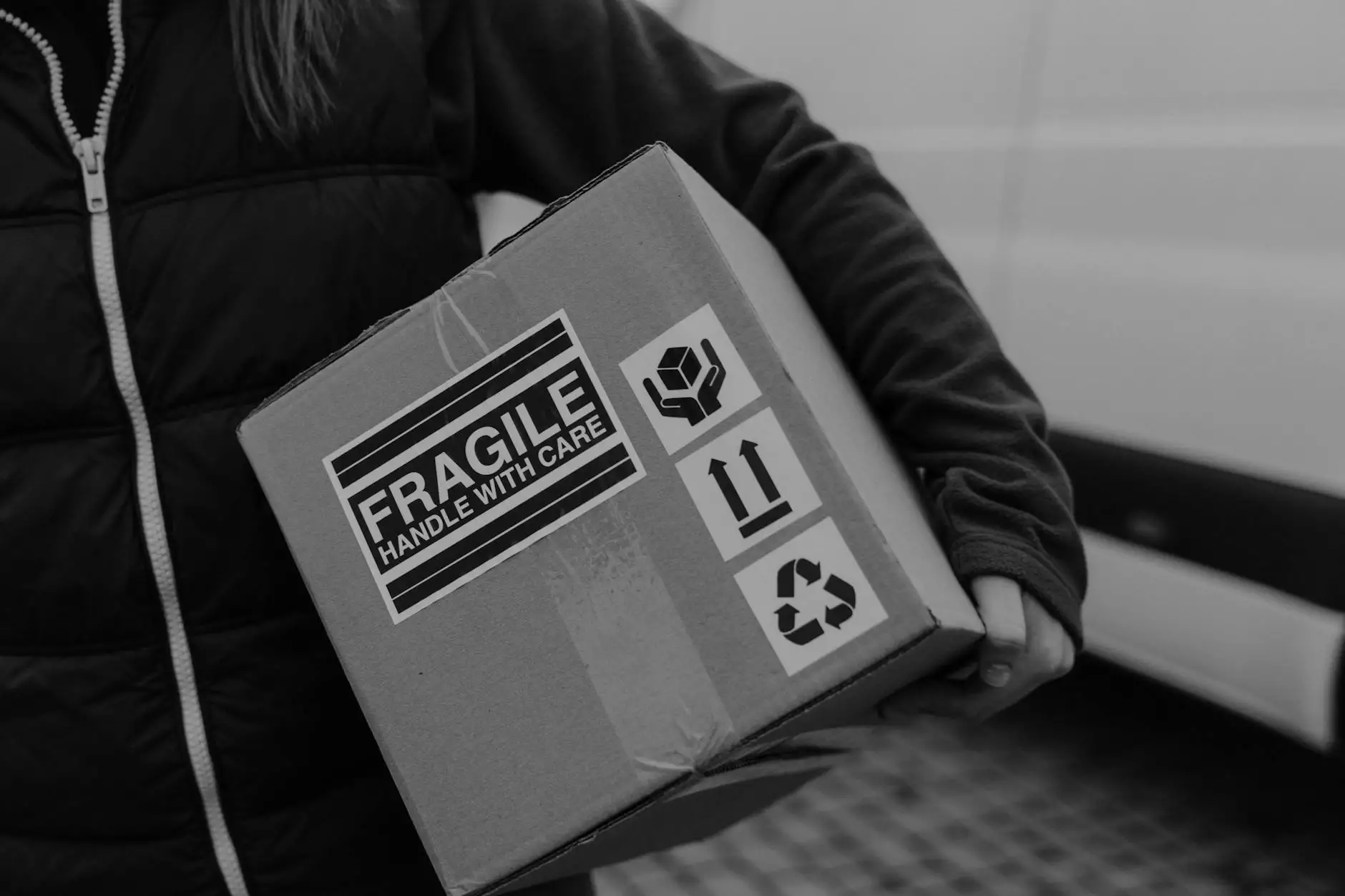What is Manual Printing? An In-Depth Exploration

In the realm of printing services, manual printing stands out as a significant technique that has been utilized for centuries. But what is manual printing, and how does it differ from modern printing methods? This article serves as a comprehensive guide to understanding manual printing, its historical context, the various techniques involved, and the advantages it offers to businesses and creatives alike.
The Historical Roots of Manual Printing
Manual printing, often considered the ancestor of modern printing, traces its origins back to ancient civilizations. The earliest forms of printing were influenced by the need for communication and the dissemination of information. Here are some key historical milestones that shaped the art of manual printing:
- Woodblock Printing: Originating in China around the 7th century, woodblock printing was one of the first techniques to reproduce text and images. Craftsmen carved images and characters into wood blocks, which were then inked and pressed onto paper.
- Movable Type: The invention of movable type by Johannes Gutenberg in the 15th century revolutionized manual printing. This technique allowed for individual letters to be arranged and reused, significantly speeding up the printing process.
- Etching and Engraving: These methods involved incising designs into metal plates, which were then inked for printing. This technique allowed for intricate designs and illustrations, making it popular among artists.
Understanding the Core Techniques of Manual Printing
Manual printing encompasses a variety of techniques, each with its unique process and aesthetic quality. Below are some of the key methods used in manual printing:
1. Screen Printing
Screen printing, also known as serigraphy, involves creating a stencil (or screen) to apply ink onto a substrate. This technique is widely used for printing on fabrics, posters, and various promotional materials. Its versatility allows for vibrant colors and intricate designs, making it a favorite among businesses looking to make a statement.
2. Letterpress Printing
Letterpress printing is one of the oldest printing methods still in use today. This technique involves pressing inked movable type against paper to create a crisp, raised impression. The tactile quality of letterpress printing adds a unique charm, making it ideal for high-end invitations, business cards, and artisanal prints.
3. Lithography
Lithography is based on the principle that oil and water do not mix. Artists draw with a greasy medium on limestone or metal plates, which are then treated to attract ink in the drawn areas only. This method allows for detailed and colorful prints, widely used in art printing and commercial applications.
4. Relief Printing
Relief printing, including techniques like woodcut and linocut, involves carving a design into a soft material. The raised areas are inked, while the recessed areas remain blank. This method is favored in artistic circles for its bold lines and textures.
The Benefits of Embracing Manual Printing
As businesses and industries evolve, the significance of manual printing remains strong. Here's why manual printing continues to thrive in a digital age:
- Unique Aesthetic: Manual printing techniques produce distinctive results that are often impossible to replicate with digital methods. The imperfections and nuances add character to each piece.
- Eco-Friendly Options: Many manual printing techniques can be more environmentally friendly, especially when using non-toxic inks and sustainable materials.
- Enhanced Brand Identity: Businesses that utilize manual printing can create unique marketing materials that stand out from the competition. This bespoke approach can enhance brand recognition and customer loyalty.
- Supporting Local Artisans: Many manual printing processes are crafted by skilled artisans, fostering local economies and preserving traditional skills.
How Printitza.co.za Utilizes Manual Printing
At Printitza.co.za, we understand the value of manual printing in creating exceptional print products. Our commitment to quality and craftsmanship resonates through our offerings, which include:
- Custom Invitations: Our manual printing techniques ensure that your invitations are not only beautiful but also reflect the individuality of your event.
- Art Prints: Collaborating with local artists, we produce stunning art prints that embrace the unique qualities of manual printing.
- Promotional Materials: Stand out from the crowd with bespoke promotional items that showcase your brand's identity and values.
Conclusion: The Enduring Legacy of Manual Printing
In conclusion, understanding what is manual printing reveals its profound impact on the world of printing services today. From its rich history to its artistic possibilities, manual printing remains a vital part of our creative landscape. Whether you are a business looking to enhance your marketing materials or an individual seeking to create personalized items, manual printing offers a unique avenue to explore.
At Printitza, we invite you to embrace the beauty and craftsmanship of manual printing. Together, we can create something truly special that captures your vision and resonates with your audience.
Get in Touch with Us
If you're interested in learning more about our manual printing services or collaborating on a project, feel free to contact us today!







